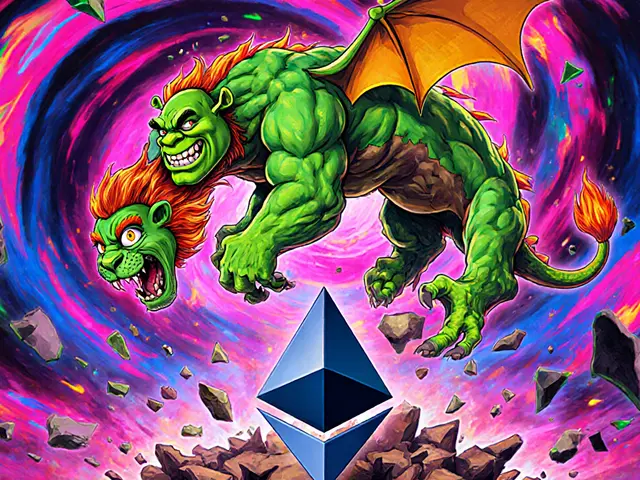Sidechains vs Layer 2: What’s the Real Difference and Which One Matters for You
When people talk about sidechains, independent blockchains connected to a main chain like Ethereum, designed to handle transactions separately to reduce load and Layer 2, scaling solutions built directly on top of a main blockchain to process transactions faster and cheaper without changing the base layer, it sounds like they’re doing the same thing. But they’re not. One is a separate world with its own rules; the other is a fast lane glued right onto the main road. Understanding this isn’t just technical—it decides whether your transactions are cheap, fast, and safe.
Think of a sidechain, a standalone blockchain that links to the main chain via a two-way bridge, allowing assets to move between them like a parallel highway. You drive off the main road (Ethereum), take your car (crypto assets) onto this new road (like Polygon’s earlier version or Rootstock), and do your business there. It’s faster because it’s less crowded, but it’s also less secure—it runs on its own validators, not Ethereum’s. That means if the sidechain gets hacked, your funds might be gone, and Ethereum won’t step in to fix it. On the flip side, a Layer 2, a protocol that processes transactions off the main chain but settles them back on it for security is more like a toll-free express lane built right on top of the highway. It handles thousands of transactions in seconds, then sends one single proof back to Ethereum to confirm everything was done right. That’s how Arbitrum and Optimism work. They inherit Ethereum’s security because they rely on it to validate the final result.
The big trade-off? Sidechains vs Layer 2 comes down to control versus safety. Sidechains give you more freedom—you can change consensus rules, add new features, even run your own token economy. But you’re on your own if something breaks. Layer 2s are stricter. They can’t do everything, but they keep your money as safe as if you were on Ethereum itself. That’s why most serious DeFi apps now use Layer 2s. Sidechains? They’re still around, mostly for niche use cases or projects that need total independence.
You’ll see both in the posts below—some covering tools built on sidechains like Binance Smart Chain, others diving into Layer 2s like zkSync and StarkNet. You’ll also find posts about exchanges and tokens that live on these networks, from niche DEXs to dead projects that failed because they didn’t understand the trade-offs. Some posts warn you about fake tokens tied to sidechains with no real security. Others show you how Layer 2s are making crypto trading cheaper and faster for everyday users. This isn’t theory. It’s what’s happening right now, and knowing the difference helps you avoid scams, pick the right platform, and understand why some networks grow while others vanish.










